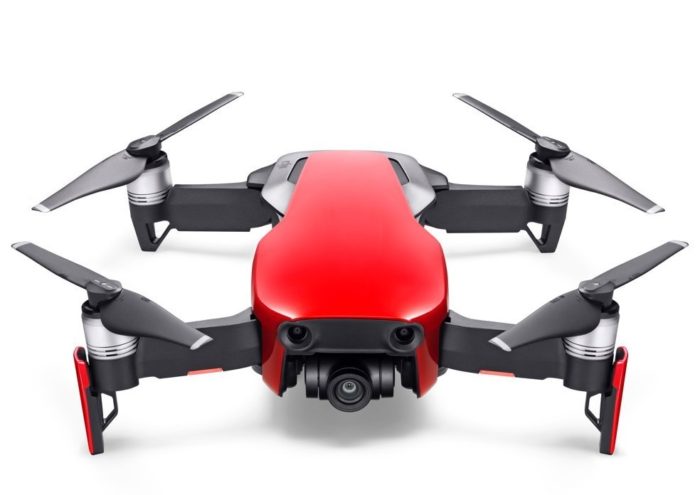Flying drones is fun – doesn’t really matter whether it’s just your hobby or whether you’re using them for job monitoring or survey mapping. Manipulating Unmanned Aerial Vehicles or drones of different shapes and sizes requires practice. Whether you’re a construction company flying drones for survey mapping or an individual flying them indoors during your free time—you need to figure out the right ways to implement the technology.
Purchase the Right Model
Learning in this regard should start right from the time you’re buying these drones. We have already told you that drones are available in myriad sizes and shapes. They are backed by varying costs and performance features. You should buy a drone in accordance with the purpose you are buying it for. A drone meant to be flown only in a park is not the same as something designed for aerial photography. Are you looking for something with an in-built camera gimbal? Or, are you looking for something which is capable of performing pre-programmed barrel rolls? Procure answers to these questions in order to find the right drone for yourself.
Do you want an RTF drone or a DIY one? This is another important decision which you should make while you are in the process of buying drones. RTF stands for “Ready to Fly”. If you are buying an RTF model, then it is absolutely ready to fly once you take it out of the box. DIY models on the other hand, will require you to assemble parts before getting the drone ready to fly. Needless to say, it would be better if you are opting for the RTF model—for obvious reasons. Be careful to make a selection in accordance.
Get it Registered
Now that you have purchased your drone, it is important for you to register it with FAA (Federal Aviation Administration). If you have purchased a drone which weighs more than .55 pounds (250 grams) and less than 55 pounds then it’s imperative to get your machine registered with FAA’s Unmanned Aircraft Registration System.
Best Drone With No FAA Registration Needed
Read the Manual carefully
Make sure you are not ignoring your manual at any cost. Read it carefully. It will help you if you need to assemble just an additional part or two. It will also help you understand the functions of each and every part better.
Practice is Key!
There are several factors that will define your experience of flying the drone in the first place. You might as well be too good with the speed but not so competent when it comes to subtle maneuvering of your drone or vice versa. The level of competency is decided by practice. If you’re practicing well, then you can master all the required tricks within a desirable time frame.
Have you checked your drone before flying?
It is important to check your drone before you are flying the same. If you are currently practicing without the help of GPS technology – then congratulations—you’re slowly preparing yourself for flying the more advanced versions of drones.
Keep your Backup Battery and other parts handy
Make sure you are keeping the spare parts handy – without fail. While flying the drones, you might as well end up facing possible disturbances like a fried motor or a bent prop. Keeping back up props handy in that case can turn out to be a lot of help. For instance, if your primary battery needs a recharge you can always fly your drone with the help of a backup flight battery. If you are flying a drone capable of capturing videos, make sure you are bringing one or two memory cards along. You can invest in Delkin’s microSD cards, for example!
If you are traveling extensively with your drone – make sure you are carrying a protective backpack.
Safety first!
Prioritize safety without fail. Since you’re still learning the ropes, it would be prudent on your end to keep your drone in sight while flying the same. That’s the cardinal rule. Focus only on flying. Don’t get distracted. Distraction is one of the main reasons why crashes happen. Read the safety documentation carefully as well.
Avoid taking your drone to crowded areas. Make sure you are updating yourself with the general laws governing drone-flying (safety laws and otherwise).
Planning is Important
If you are flying outdoors then make sure you are planning ahead. It doesn’t matter whether you’re an experienced flyer or a beginner, you need to check the weather before setting off. Prohibitive weather may particularly turn out to be damaging if you’re planning a photo op
Flying in good weather helps you fly your drone accurately. You definitely wouldn’t want to fly your drones in heavy rains. However, good weather doesn’t only mean absence of rains. Watch out for strong winds on sunny days as well.

